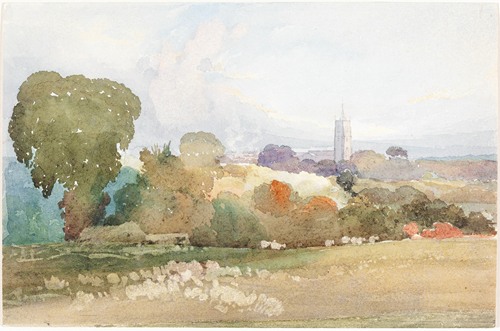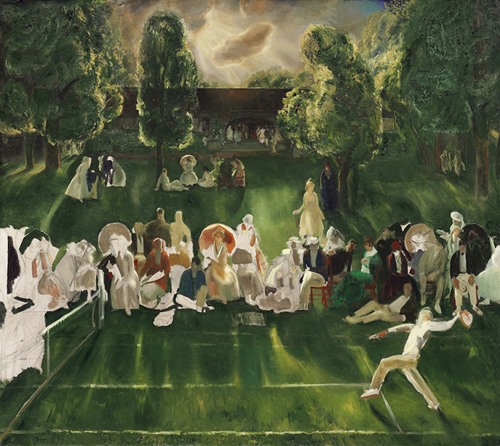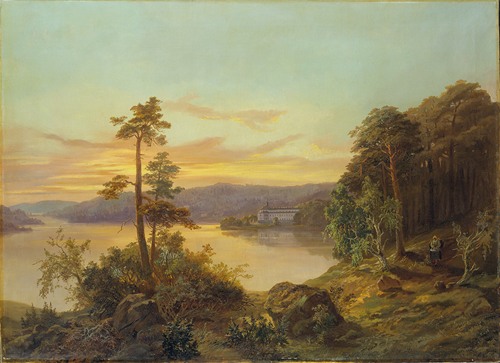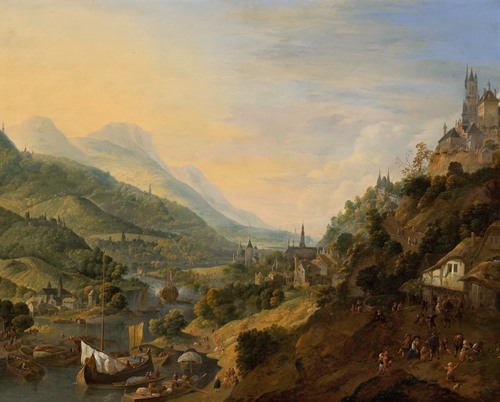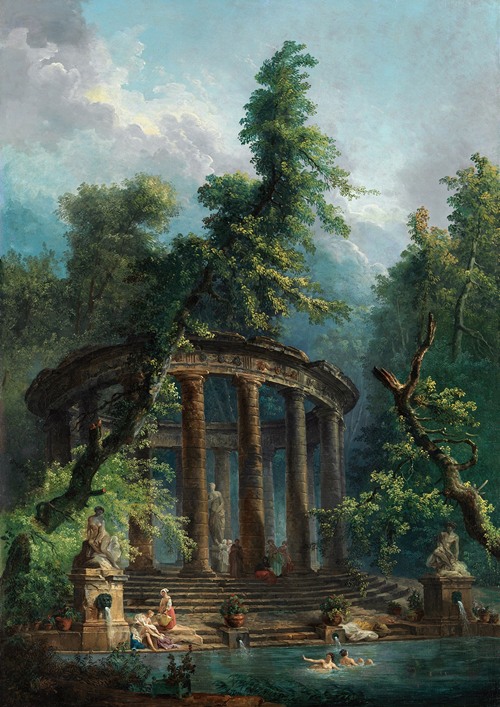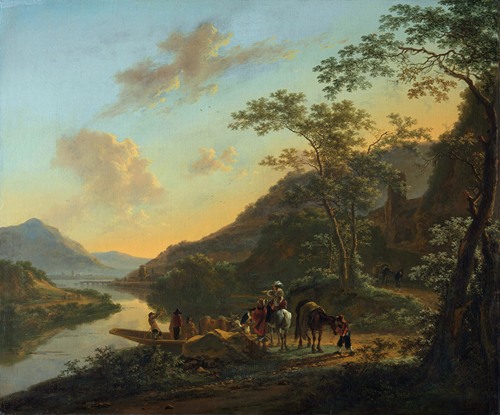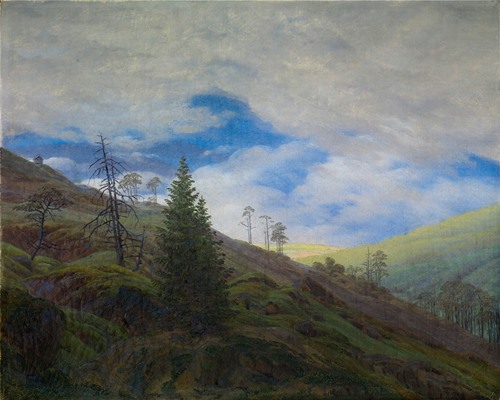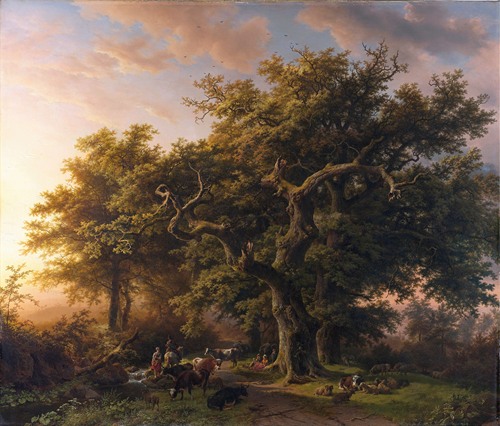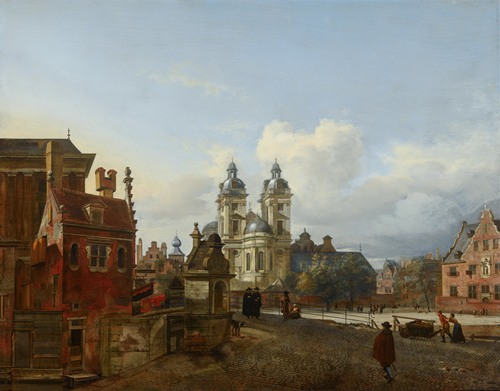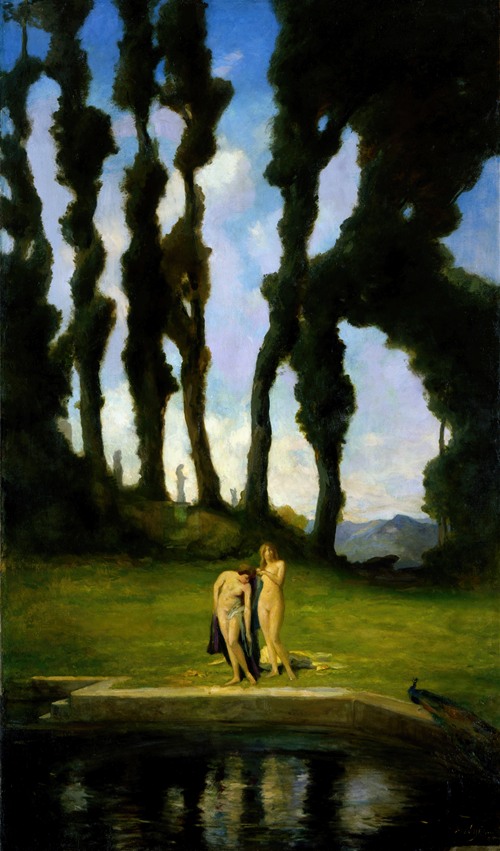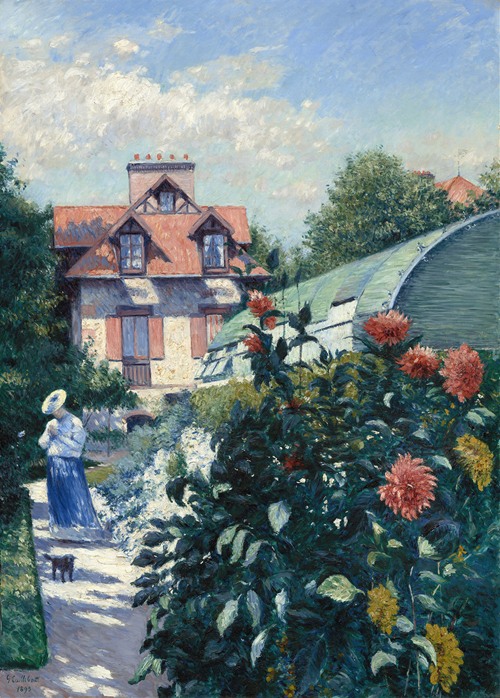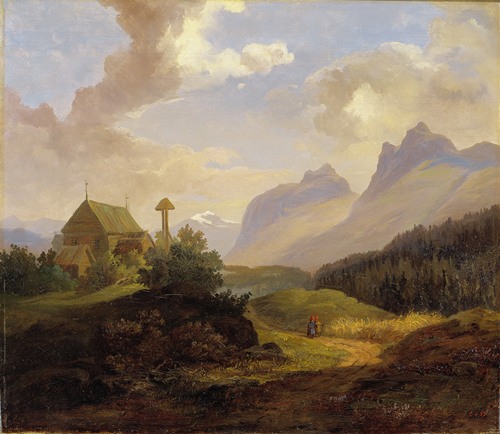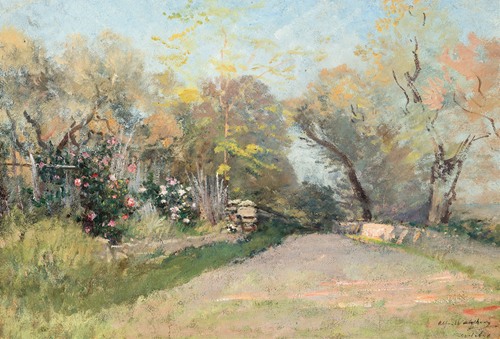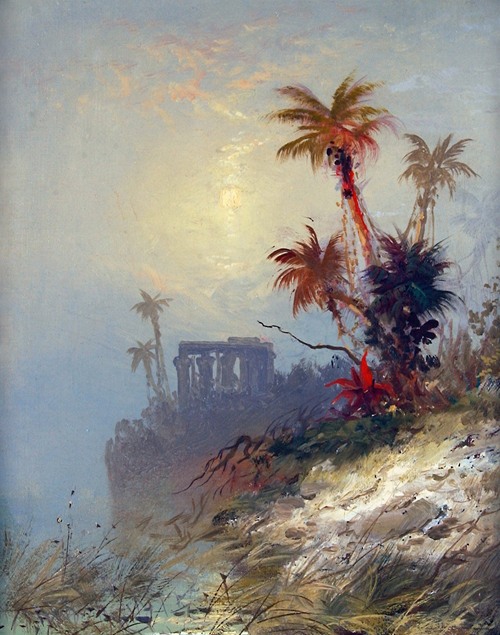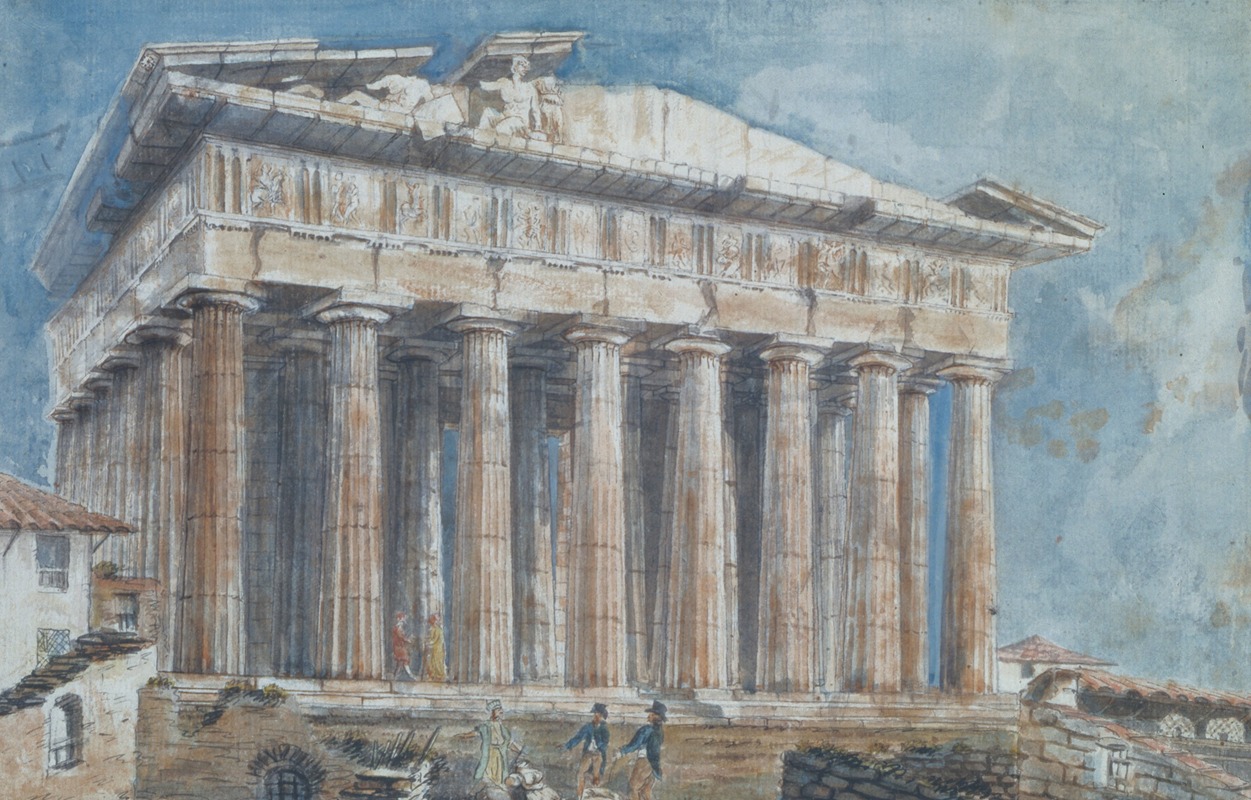
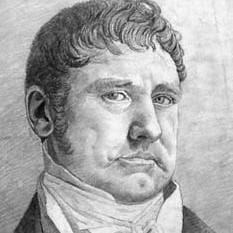
Sir William Gell FRS was an English classical archaeologist and illustrator. He published topographical illustrations of Troy and the surrounding area in 1804. He also published illustrations showing the results of archaeological digs at Pompeii. His best-known work is Pompeiana; the Topography, Edifices and Ornaments of Pompeii, published between 1817 and 1832.
Born at Hopton in Derbyshire, the son of Philip Gell and Dorothy Milnes (daughter and coheir of William Milnes of Aldercar Park). The Gell family was one of the oldest families in England with a tradition of service in the Army, Navy, Parliament and the Church going back to 1209, in the reign of King John. His great grandfather was the parliamentarian Sir John Gell and his uncle was Admiral John Gell. Gell was educated at Derby School and Emmanuel College, Cambridge. He matriculated there in 1793, took a BA degree in 1798 and an MA in 1804, and was elected a fellow of Emmanuel.
In 1801, at the age of 24, Gell was sent on his first diplomatic mission to Greece.
From 1804 to 1806 he travelled in Greece, the neighbouring islands, and coastal Asia Minor. In 1804 he fixed the site of Troy at Bournabashi, some distance south—approximately six miles or nine-and-a-half kilometres directly, eight miles or thirteen kilometres by modern roads – of the modern consensus site at Hisarlik. He cited Jean Baptiste LeChevalier "and others" as his sources for the idea, which his own observations seemed to him to confirm, although he pointed out what he considered unresolved problems.
He published The Topography of Troy and its vicinity illustrated and explained by drawings and descriptions etc. in 1804.
Lord Byron mentions him in his work 'English Bards' thus:
Of Dardan tours let dilettanti tell I leave topography to classic Gell.
William Gell was a great friend of Thomas Moore, Walter Scott and Lord Byron. He wrote many books, most of them illustrated with his own sketches.
He was in 1807 elected a Member of the Society of Dilettanti and a Fellow of the Royal Society. In 1811 the Society of Dilettanti commissioned him to explore Greece and Asia Minor. These travels resulted in several publications, e.g. Geography and Antiquities of Ithaca and Itinerary of Greece, with a Commentary on Pausanias and Strabo.
With these publications he achieved fame in the scholarly circles as a classical topographer. He went with Princess (afterwards Queen) Caroline to Italy in 1814 as one of her chamberlains. He gave evidence in her favour on 6 October 1820, at her trial before the House of Lords, stating that he had left her service merely on account of a fit of the gout and had seen no impropriety between her and her courtier Bergami. However, in letters of 1815 and 1816, written under such pseudonyms as 'Blue Beard', 'Adonis' and 'Gellius', he related bits of scandal about the Queen. He was Knighted on 11 May 1814. Gell was a close friend of Keppel Richard Craven and travelled around Italy with him.
From 1820 until his death, he resided in Rome, where he painted. He had another house in Naples, where he received visitors including his particular friends Sir William Drummond, the Hon. Keppel Craven, John Auldjo, Lady Blessington and Sir Walter Scott.
Although crippled by gout, Sir William took Scott to Pompeii and showed him around the excavations. After Scott's death, Sir William drew up an account of their conversations in Naples, part of which is printed in Lockhart's 'Life of Scott'. It was then that he published some of his best known archaeological work including Pompeiana and The Topography of Troy.
Gell died at Naples in 1836 and was buried in the English Cemetery, Naples. On his death he left all his personal belongings to Craven.
